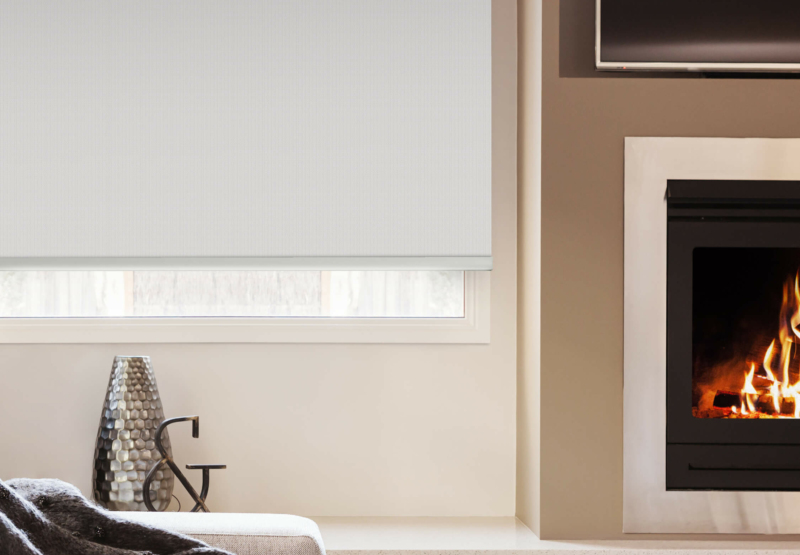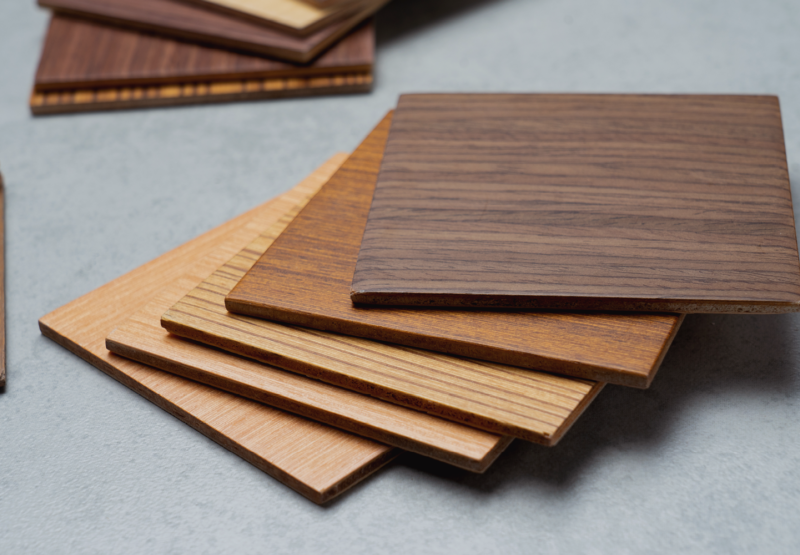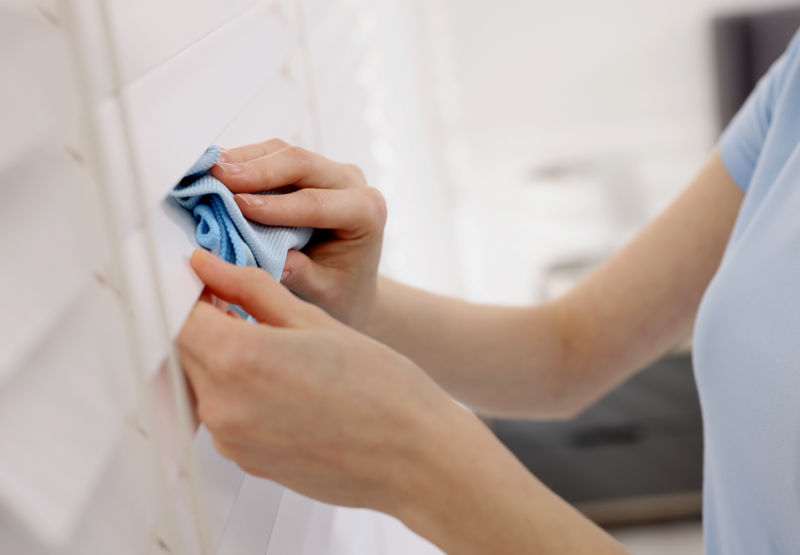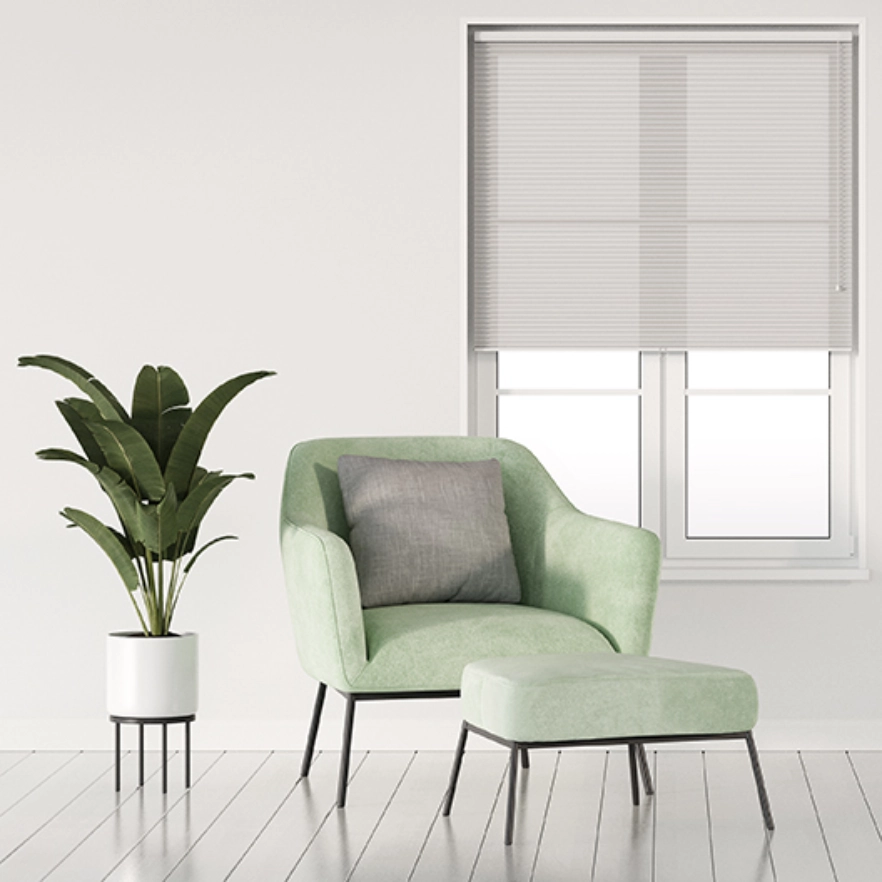Curtains vs. blinds: Which should you choose
When it comes to choosing window coverings, the biggest decision you have to make is between curtains and blinds. While there are some obvious situations that dictate which you choose (ie, blinds in the bathroom are usually necessary due to the high humidity), you’ll have to weigh up the pros and cons for both curtains and blinds for the rest of the house.
Lucky for you, we’ve put together this handy guide that covers the key areas of comparison to help you decide whether curtains or blinds are right for you.

Looks
When it comes to the style of your window furnishings, blinds offer a simple, clean look and can be made in a range of materials including wood, veneer, plastic or fabric to suit a range of different styles.
For example, wood or faux-wood venetian blinds can create a warm, natural atmosphere that perfectly complements a mid-century or cottage style, while neutral roller blinds are ideal for a sleek minimal Scandi style.
Curtains, on the other hand, offer a wider range of options with a variety of fabrics, headings styles, tracks and rods and more to customise a style you love.
From opulent velvet to airy linen, deep shades to fun florals, curtains can completely change to look and feel of a room. In addition to the fabric, the heading style you choose can have a big impact on how your curtains look as well, from a more traditional style to a contemporary look.
Roman blinds can be a great compromise between curtains and blinds, offering a wide choice of stylish fabrics, paired with the functionality of blinds, if that’s something you’re interested in.

Warmth
If adding insulation to your windows is a priority, you’ll need to make sure you consider curtains or blinds with thermal properties.
Honeycomb or thermal lined roman blinds are the best blind options for keeping your home warm, while venetians, roller blinds and vertical blinds are less efficient. However, during the summer months, venetian or vertical blinds are perfect for allowing in light while blocking the heat of the direct sun, especially on north facing windows.
Roller blinds are also available in a range of fabrics from sheer or sunscreen to thermal and block out, meaning they can be adapted to help keep your home warm (or cool).
Curtains can also be a great choice for their thermal properties, but usually require the addition of thermal lining to maximise the energy efficiency of your home. Heavier fabrics generally have better insulating properties, but thermal linings can be added to lighter fabrics as well. But it’s worth keeping in mind that while a thermal backed curtain adds efficiency, it also blocks natural light.
A double track system is a great way to combine the benefits of a thermal backed with the benefits of a sheer, so you can enjoy the added warmth in the winter, but also plenty of natural light in the summer.
Remember, insulation requirements are different throughout your home. Areas like the bathroom, kitchen and laundry generally don’t require as much insulation as bedrooms and living areas.

Function
While it may seem like a small thing, the way your curtains or blinds operate can be an important part of your decision.
Most styles of curtains are easy to manoeuvre back and forth, so the key consideration for most curtains is how much space they take up when open. You may notice that they cover part of the window when open if the track doesn’t extend beyond the edge of the window. For large windows, this might not matter but it can make small windows feel even more crowded.
Blinds have more variety in how they operate with venetians and vertical blinds have more options for allowing in light while maintaining privacy, while roman and roller blinds (like curtains) have only two options.
Venetian blinds also have the benefit of being quite slim when fully open, so they don’t block much of the window space.
Location
The direction your windows face will likely influence your choice of curtains or blinds and the type of room will also have an impact. For example, venetian blinds are popular in kitchens and bathrooms for their slim look and moisture resistance, while flowing curtains with thermal linings are more likely to be seen in bedrooms or lounges. And for north facing windows, a dual track thermal curtain or roller blind with a sheer is common for the option to have natural light while still protecting furniture from UV rays.

Cleaning
How easy your window furnishings are to clean might not be very important to you if there are no kids, pets or allergy sufferers in your home. For the rest of us, it’s important to choose something that won’t need to be professionally cleaned too often.
Dust accumulation can be an issue with slatted blinds but can be quickly remedied with a regular wipe-down or a light vacuum. Roman blinds can be difficult to remove and clean but can usually also be kept in good condition with a light vacuum and spot cleaning to remove any marks.
With curtains, it depends on the fabric. Some are machine washable while some require professional cleaning. If you’re concerned about keeping them clean, be sure to choose a skim height, so there isn’t extra fabric pooling on the floor as this is more likely to become grubby.
There are pros and cons to any window furnishing option, but narrowing down on the look you want and the functionality you need will help you decide whether blinds or curtains are the right choice. And remember, many homeowners end up with a combination throughout the home, so don’t feel like you have to choose just one type for every window!

